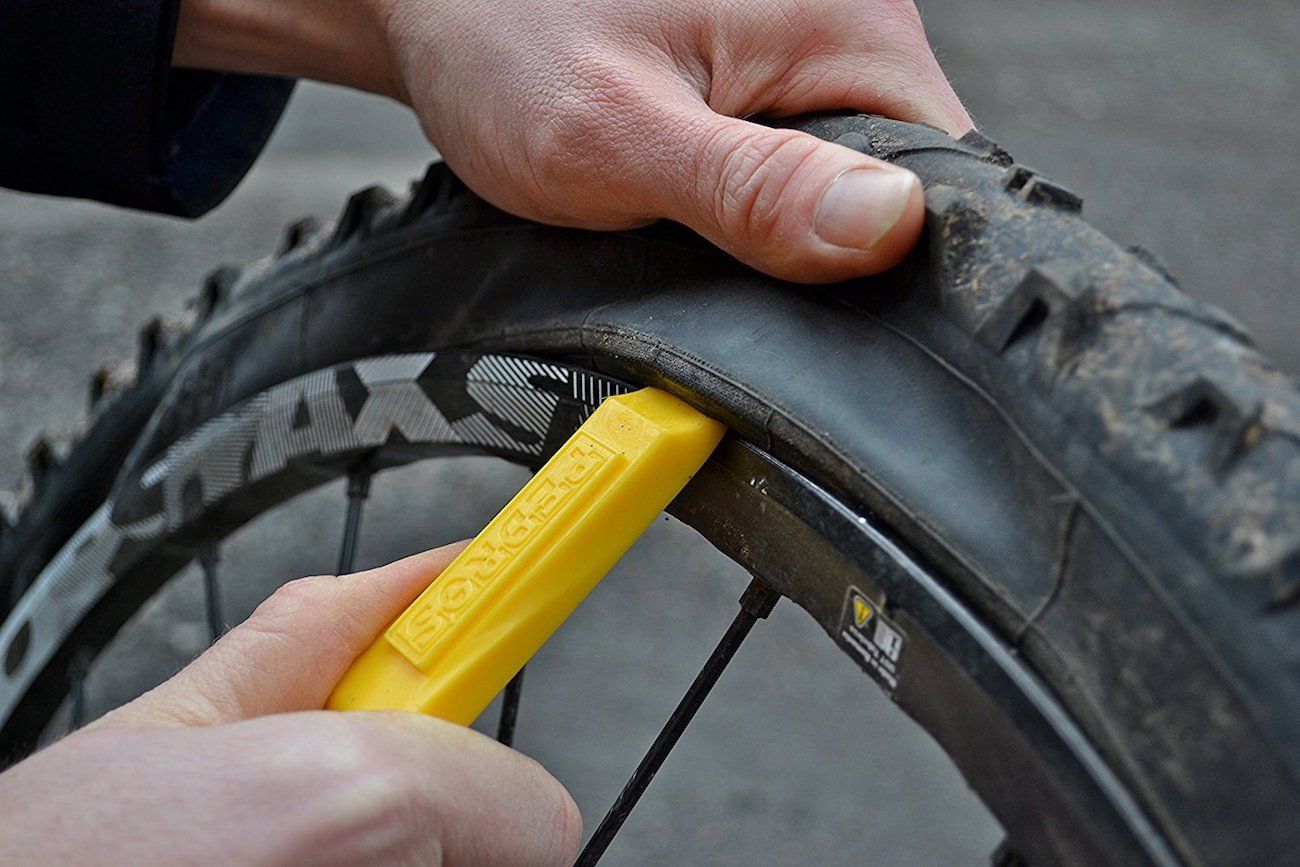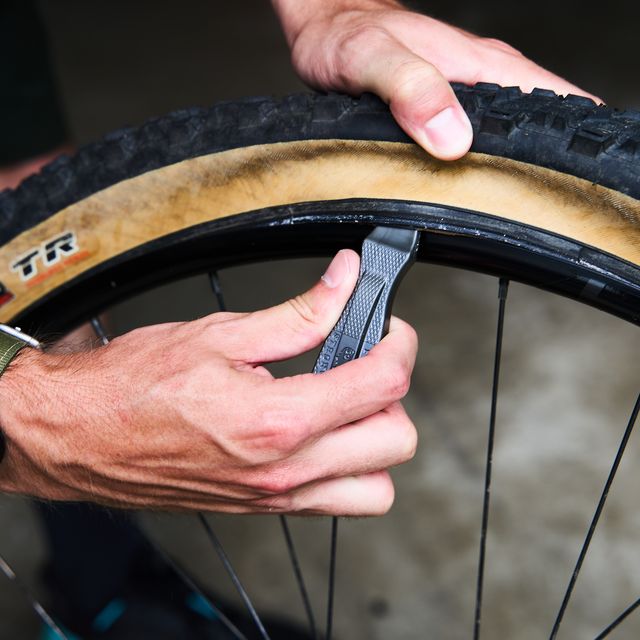Unlocking the Secrets of Tire Removal
Tire removal and installation are crucial aspects of bike maintenance, and having the right tool for the job is essential. Whether you’re a seasoned cyclist or a beginner, being able to efficiently and safely remove and install tires is vital for optimal performance and safety on the road or trail. A reliable and efficient tool is necessary to get the job done, and that’s where a tire lever comes in. In the world of bike maintenance, a tire lever is an indispensable tool that makes tire removal and installation a breeze, saving you time and effort. With the right tire lever, you can ensure a smooth and hassle-free process, avoiding common mistakes that can lead to damage or injury.
What is a Tire Lever and Why Do You Need One?
A tire lever is a simple yet essential tool designed to make tire removal and installation a breeze. So, what is a tire lever? In essence, it’s a device used to pry the tire away from the rim, allowing for easy removal and installation. The primary purpose of a tire lever is to provide a safe and efficient way to remove the tire from the rim, without causing damage to either component. By using a tire lever, cyclists can avoid common mistakes that can lead to injury or damage, such as using excessive force or misaligning the tire. The benefits of using a tire lever are numerous, including ease of use, safety, and convenience. With a tire lever, cyclists can quickly and easily remove and install tires, saving time and effort. Whether you’re a professional mechanic or a DIY enthusiast, a tire lever is an indispensable tool that should be in every cyclist’s toolkit.
How to Choose the Right Tire Lever for Your Bike
Selecting the right tire lever for your bike is crucial to ensure efficient and safe tire removal and installation. With various types of bikes and tire levers available, it’s essential to consider several factors to make an informed decision. For road bikes, a lightweight and compact tire lever is ideal, as it allows for quick and easy tire changes. Mountain bikes, on the other hand, require a more robust and durable tire lever that can withstand the rigors of off-road riding. Hybrid bikes, which combine elements of road and mountain bikes, require a tire lever that strikes a balance between weight and durability. When choosing a tire lever, consider the material, size, and brand. Metal tire levers are durable and long-lasting, while plastic and composite levers are lighter and more affordable. Size is also an important factor, as a tire lever that is too small may not provide enough leverage, while one that is too large may be cumbersome. Finally, consider the brand and its reputation for producing high-quality tire levers. By taking these factors into account, cyclists can choose a tire lever that meets their specific needs and ensures a smooth and hassle-free tire removal and installation process.
The Different Types of Tire Levers: A Comprehensive Guide
When it comes to tire levers, cyclists have a range of options to choose from, each with its unique characteristics, advantages, and disadvantages. Understanding the different types of tire levers available can help cyclists make an informed decision when selecting the right tool for their bike maintenance needs. Metal tire levers, for instance, are known for their durability and strength, making them ideal for heavy-duty use. They are often preferred by professional mechanics and cyclists who require a high level of precision and control. Plastic tire levers, on the other hand, are lightweight and affordable, making them a popular choice for casual cyclists and DIY enthusiasts. Composite tire levers, which combine materials such as carbon fiber and aluminum, offer a balance between weight and durability, making them suitable for a wide range of applications. Additionally, there are also specialized tire levers designed for specific types of tires, such as tubeless or tubular tires. By understanding the different types of tire levers available, cyclists can choose the right tool for their specific needs and ensure a safe and efficient tire removal and installation process.
Tire Lever Techniques: Tips and Tricks for Easy Tire Removal
Mastering the art of tire removal requires a combination of the right tool and the right technique. When it comes to using a tire lever, there are several key steps to follow to ensure a safe and efficient process. First, it’s essential to choose the correct tire lever for your bike, taking into account factors such as the type of tire, rim, and bike. Once you have the right tool, start by deflating the tire completely to reduce the pressure and make it easier to remove. Next, position the tire lever between the tire and rim, making sure it’s securely seated and aligned properly. Apply gentle pressure to the lever, working your way around the tire until it’s completely removed. To avoid damaging the rim or tire, it’s crucial to use a smooth and controlled motion, rather than applying excessive force. Additionally, take the time to inspect the tire and rim before installation, checking for any signs of wear or damage. By following these simple steps and techniques, cyclists can ensure a hassle-free tire removal and installation process, and get back on the road or trail in no time.
Tire Lever Maintenance: Keeping Your Tool in Top Condition
To ensure a tire lever remains a reliable and efficient tool in bike maintenance, it’s essential to clean and store it properly. After each use, wipe the tire lever clean with a soft cloth to remove any dirt, grime, or lubricant residue. This will prevent corrosion and maintain the lever’s effectiveness. For more thorough cleaning, mix a solution of mild soap and warm water, and gently scrub the lever with a soft-bristled brush. Rinse the lever thoroughly and dry it with a clean towel to prevent water spots. When storing the tire lever, keep it in a dry, protected area away from direct sunlight and extreme temperatures. Avoid storing the lever in a humid environment or near chemicals, as this can cause damage or corrosion. Additionally, consider storing the tire lever in a protective case or pouch to prevent scratching or damage. By following these simple maintenance tips, cyclists can extend the lifespan of their tire lever and ensure it remains a trusted tool in their bike maintenance arsenal.
Common Mistakes to Avoid When Using a Tire Lever
When it comes to using a tire lever, there are several common mistakes that cyclists can make, which can lead to damaged tires, rims, or even injury. One of the most critical errors is using excessive force when attempting to remove the tire. This can cause the tire to become damaged or the rim to become bent, making it difficult or impossible to reinstall the tire. Another mistake is misaligning the tire lever, which can cause the lever to slip and damage the tire or rim. Additionally, neglecting to inspect the tire and rim before installation can lead to improper installation, which can result in a tire blowout or other safety issues. Other common mistakes include using the wrong type of tire lever for the specific tire and rim, failing to lubricate the tire lever, and not following the manufacturer’s instructions for use. By being aware of these common mistakes, cyclists can take steps to avoid them and ensure a safe and efficient tire removal and installation process.
Conclusion: The Tire Lever as an Indispensable Bike Maintenance Tool
In conclusion, a tire lever is an essential tool for any cyclist, providing a safe, convenient, and efficient way to remove and install tires. By understanding what a tire lever is, how to choose the right one for your bike, and how to use it effectively, cyclists can ensure a smooth and hassle-free tire removal and installation process. Additionally, by avoiding common mistakes and maintaining their tire lever properly, cyclists can extend the lifespan of their tool and prevent damage to their bike. Whether you’re a seasoned cyclist or just starting out, a tire lever is an indispensable tool that should be in every bike maintenance arsenal. With its ease of use, safety, and convenience, a tire lever is an investment worth making, and one that will pay off every time you hit the road or trail.







